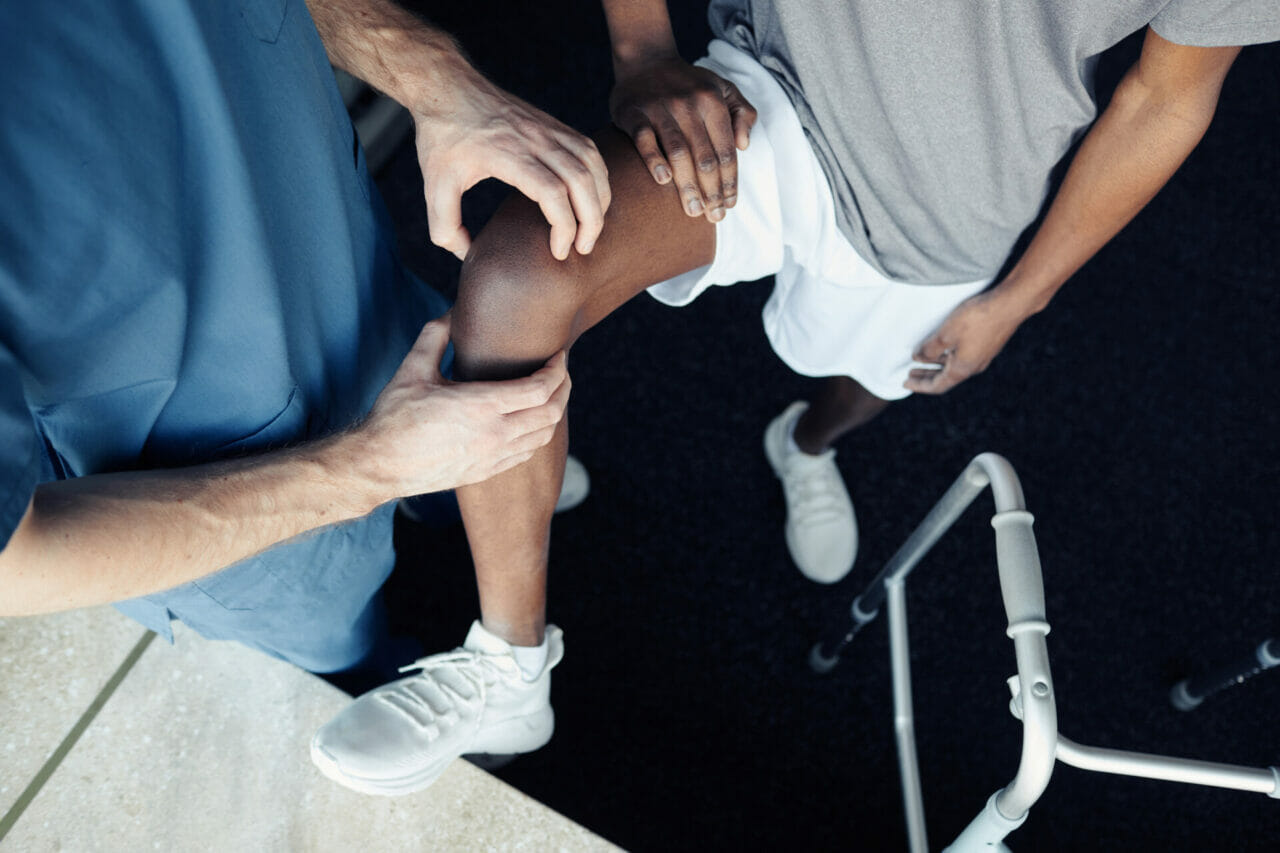The lesions of the anterior cruciate ligament
Have become frequent in the population, which has become an object of study of great importance, as well as its treatment has become a great challenge for health professionals. The symptoms are varied, being, limitation and joint instability, pain and muscle weakness which mostly limits the patient to perform their daily activities.
The main objective of the rehabilitation program is to reintegrate the patient to their activities in the shortest time possible, but in a very safe way. Because each patient is different, the safe return to the activity should be individualized instead of following a strict line of time. Physical therapy and rehabilitation is a critical component of recovery after reconstruction to recover the knee’s mobility arches, quadriceps strength and normal gait.
Ligament injuries in the knee are frequent in the population. Each year they are calculated from four to 10 cases per thousand inhabitants. Injury to the anterior cruciate ligament (ACL) is common, not only in professional athletes but also in people who practice sports regularly; covers 64% of knee injuries in sports activities. The symptoms are varied, with hemarthrosis being the most important. The main objective of the rehabilitation program is to reintegrate the athlete to sports activities at the sixth month after the surgery was performed. Because each athlete is different, the safe return to sports activity should be individualized instead of following a strict line of time.
The anterior cruciate ligament (ACL) is an intra-articular and extrasynovial structure
Its proximal insertion is located in the most posterior portion of the internal face of the external femoral condyle; it is disposed in a distal-anterior-internal direction, opening in a fan towards its distal insertion in the antero-central region of the tibial plateau between the tibial spines; structurally it is composed of collagen fibers surrounded by loose conjunctive tissue and synovial tissue. The vascularization of the ACL is scarce and depends mainly on the mean geniculated artery. Its innervation depends on branchings of the tibial nerve; It has a poor healing capacity after its injury or surgical repair.
- The posterolateral fasciculus (PL) refers to the posterior and external fasciculus in the tibia and the posterior and distal fasciculus in the femur.
- The anteromedial fascicle (AM) is the most anterior and internal in the tibia and the most proximal and anterior in the femur.
The femoral insertion of the ACL begins in the upper part of the notch in the transition zone between the roof of the notch and the medial wall of the external femoral condyle. Then it extends to occupy the entire height of the lateral notch to end in the lower part at the boundary between the bone and cartilage, which usually coincides with the medial edge of the external condyle. The normal ACL presents a very widened tibial insertion, close to twice as much as in its femoral origin.
Understanding the mechanism of injury is essential to optimize prevention strategies. Approximately three quarters of the ACL injuries are non-contact. The most common is valgus and medial rotation, followed by varus and lateral rotation (called the pivot mechanism) and later mechanism by hyperextension.
By having a 50% incidence of all knee ligament injuries and being affected in a large part sports injuries, Anterior Cruciate Ligament (ACL) injury has become the protagonist of many studies, but many of them with poor management rehabilitative.
The need for a standardized treatment analyzed and tested, has become a priority for the physical and occupational therapist which will give guidelines to discriminate from the full range of different bibliographic contents in the area of physical medicine and rehabilitation at your disposal, this to the It makes it difficult for the rehabilitator to obtain clear objectives of where his treatment should go.
Thinking of you in Kalstein we offer you excellent rehabilitation equipment, which will allow you to obtain fabulous results. HERE


